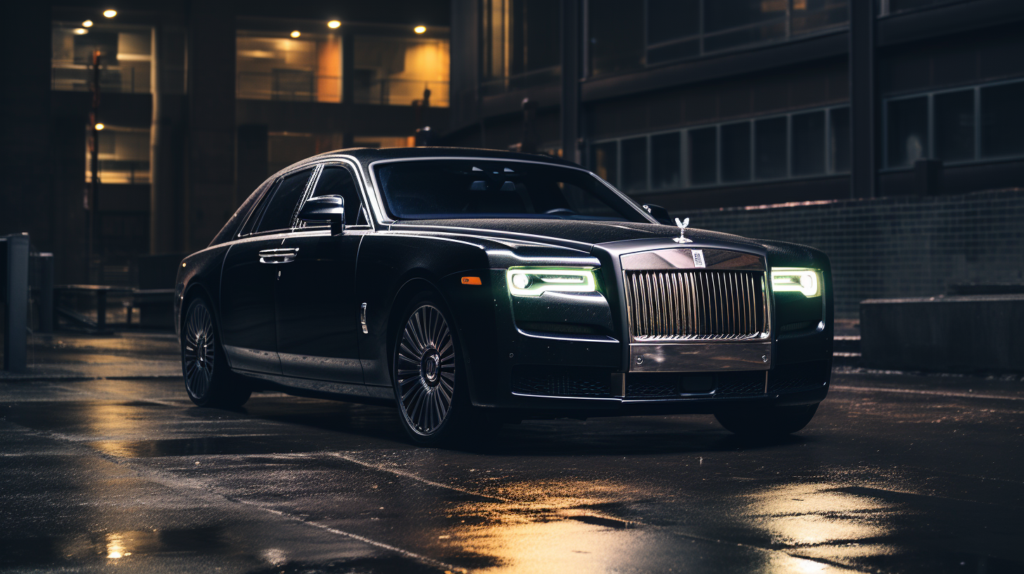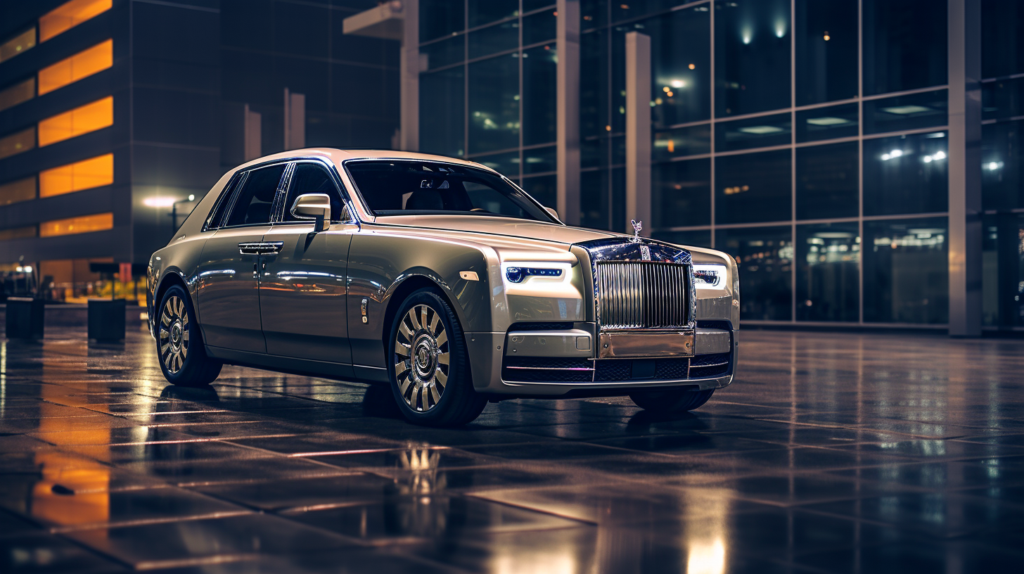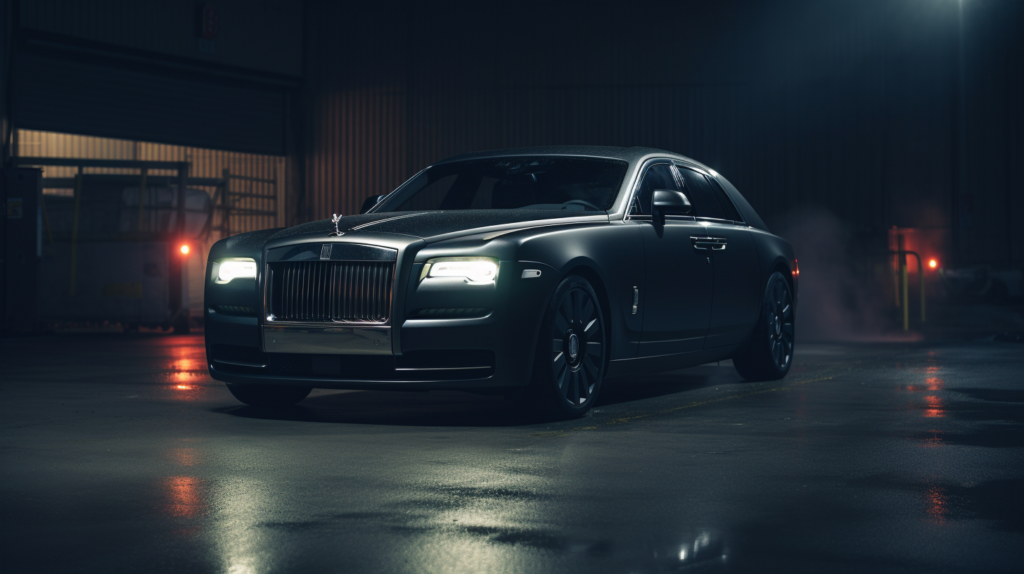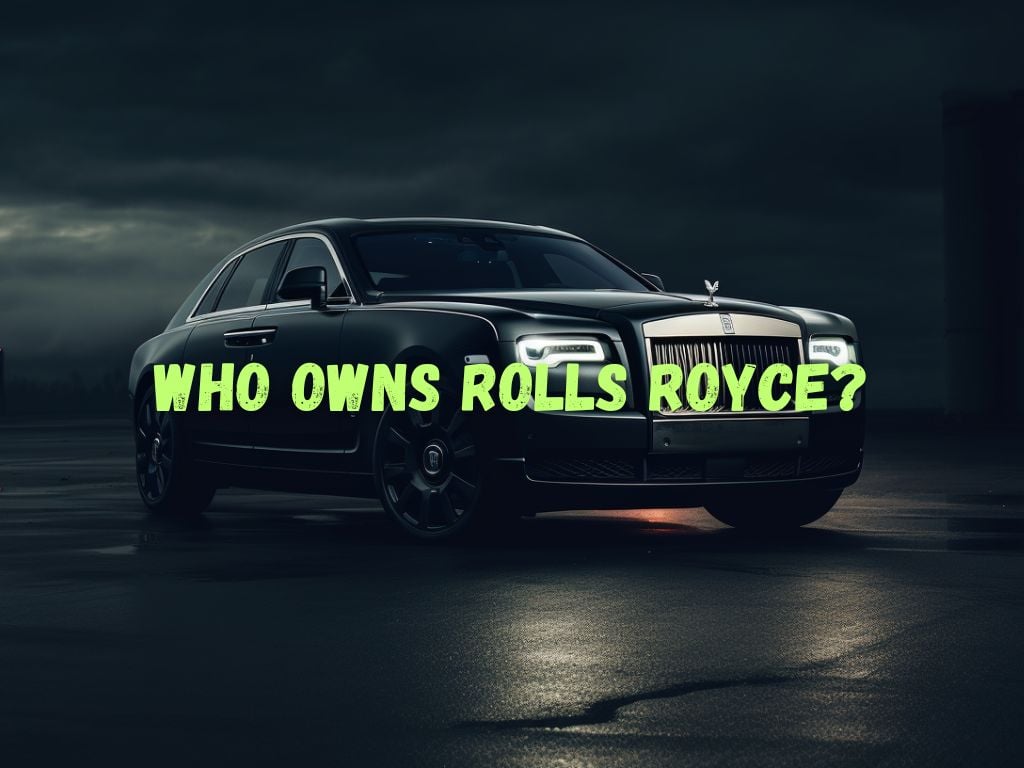Rolls-Royce is a symbol of luxury and prestige in the world of automobiles. As a high-end brand synonymous with elegance and craftsmanship, understanding its ownership history is a fascinating journey.
But, who owns Rolls Royce? What’s the story there?
In this article, we’ll delve into the ownership story of Rolls-Royce, from its inception to its current owner, the BMW Group.
The Early Years of Rolls-Royce
Rolls-Royce began in 1904, founded by two pioneers – Charles Rolls and Henry Royce. Charles Rolls was an aristocrat and an engineer with a passion for cars.
On the other hand, Henry Royce was an engineer and inventor who built his first car in 1904. The two joined forces, dreaming to make the best car in the world. It didn’t take long for them to make their mark in history.
They released the iconic Rolls-Royce Silver Ghost in 1906. This car was known for its durability and performance.
Indeed, it was during this period that Rolls-Royce cemented its reputation as the benchmark of luxury automotive engineering. No wonder the brand was touted as “The Best Car in the World.”
Although the founders went their separate ways, the company continued to thrive, producing remarkable automobiles and even branching into aircraft engine manufacturing.
Over time, Rolls-Royce evolved into a powerhouse in two industries – automotive and aerospace.

Who owns Rolls Royce? Ownership Transitions, Volkswagen and BMW
A turning point in Rolls-Royce’s ownership history took place in 1998. The Vickers Group, who owned Rolls-Royce Motor Cars, decided to sell the car manufacturing portion of the business.
Two well-known automotive giants, Volkswagen and BMW, entered the bidding war.
Eventually, Volkswagen secured the highest bid, acquiring Rolls-Royce Motor Cars for $780 million.
However, the deal came with a twist. The rights to the name “Rolls-Royce,” the iconic logo, and the Spirit of Ecstasy emblem were not part of the Volkswagen package.
These essential brand elements were held by Rolls-Royce plc, the aerospace and defense-focused sibling of the car company.
BMW stepped in and negotiated a separate deal. For $66 million, they bought the rights to the Rolls-Royce name, logo, and emblem from Rolls-Royce plc. This move laid the foundation for the future ownership of Rolls-Royce by the BMW Group.
Following the brand confusion, Volkswagen and BMW reached an agreement. Volkswagen would continue to produce Rolls-Royce and Bentley cars for a fixed period, and BMW would assume full control of Rolls-Royce Motor Cars in 2003.
How BMW Revitalized and Expanded Rolls-Royce
When BMW assumed complete ownership of Rolls-Royce Motor Cars in 2003, the company rebuilt the brand while staying true to its heritage. They formed a separate company, Rolls-Royce Motor Cars Limited, as a wholly-owned subsidiary of BMW.
The new parent firm quickly went to work, investing in a modern manufacturing facility and world-class design team. They introduced the Rolls-Royce Phantom in 2003, marking the beginning of a new era for the prestigious automobile brand.
Under BMW’s ownership, Rolls-Royce reached milestones and revived some of its legendary models. Cars like the Rolls-Royce Ghost and Wraith showcased the brand’s unyielding commitment to luxury and innovation.
The launch of the Rolls-Royce Dawn and Cullinan also proved that the famed carmaker could excel in new segments like luxury convertibles and SUVs.
The expansion of the Rolls-Royce lineup allowed the company to achieve higher sales and attract a younger, more diverse clientele. The brand has maintained its status as the undisputed choice for those seeking the pinnacle of automotive luxury.

The Founding Fathers of Rolls-Royce: Charles Rolls and Henry Royce
Charles Rolls and Henry Royce, the brilliant minds behind Rolls-Royce, were the perfect collaboration that led to the creation of one of the most luxurious car brands in the world.
Despite their different backgrounds, their shared passion for machines and inventiveness in engineering resulted in the birth of an unprecedented automobile legacy.
Charles Rolls: The Visionary
Born into British nobility in 1877, Charles Rolls had a passion for automobiles from an early age—a passion that wasn’t common among the privileged of his time.
He studied mechanical engineering at Trinity College, Cambridge, and later at the École des Arts et Métiers in Paris, France. His deep fascination with the mechanics of automobiles led him to open one of the first car dealerships in Britain, C.S.Rolls & Co.
Rolls’ dealership primarily sold imported cars, but he was unsatisfied with the reliability and quality of these vehicles.
He had a vision—to establish a motor car company in Britain that could match and even surpass the quality of foreign competitors.
Henry Royce: The Master Craftsman
Sir Henry Royce, born in 1863, came from a humble background. He had to start working at an early age due to his father’s death and financial circumstances.
Despite these adversities, Royce had an innate curiosity and ability to work with tools. This led him to a successful engineering career. Before venturing into automotives, Royce manufactured cranes and dynamo machines.
In 1904, he decided to build a car—a machine that was markedly better than most of the cars imported into Britain at that time.
His first car, named the Royce 10, was a two-cylinder machine characterized by its reliability and attention to detail—values that would later become synonymous with the Rolls-Royce name.
You May Want To Read: Are Cash App Surveys Legit?
The Perfect Collaboration
The historic meeting between Charles Rolls and Henry Royce in Manchester, England, in 1904 marked the beginning of Rolls-Royce.
Impressed by Royce’s car, Rolls proposed a partnership in which Royce would manufacture vehicles, and C.S. Rolls & Co. would sell them under the name Rolls-Royce.
There was a unique synergy between the two—they shared the same vision of creating unparalleled cars, with Rolls envisioning a market for them and Royce having the skill to design and develop such vehicles.
The partnership paid dividends. The Silver Ghost, introduced in 1906, less than two years after their firm’s inception, set the bar for luxury motor vehicles and earned Rolls-Royce the title of “the best car in the world.”
The unexpected death of Charles Rolls in 1910 in a plane accident was a huge blow to the company, but the legacy lived on.
Rolls-Royce continued to thrive under the skilled guidance of Henry Royce and the team built around him.
The Rolls-Royce brand became a testament to Charles Rolls’ vision and Henry Royce’s engineering ingenuity—an emblem of luxury, reliability, and craftsmanship known worldwide. Today, the spirit of Rolls and Royce lives on in every car the company produces.

Conclusion
The fascinating story of Rolls-Royce’s ownership journey illuminates the highs and lows, successes, and challenges faced by one of the world’s most iconic automobile brands.
Today, under the ownership of the BMW Group, Rolls-Royce continues to evolve, creating masterpieces synonymous with luxury, craftsmanship, and engineering excellence.
While understanding its ownership history is essential, understanding Rolls-Royce is not just about knowing who owns the brand, but also appreciating the prestigious legacy waiting to be experienced.


 Tags:
Tags:










